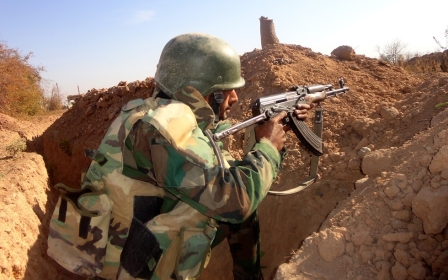Islamic State group lost quarter of its territory in 2016: Monitor

The Islamic State (IS) group lost almost a quarter of its territory in 2016, according to new research.
Analysts from the defence monitor IHS Markit reported that the group's territory was now reduced to 60,400 square kilometres after losing 18,000 square kilometres.
The conflict monitor predicted the recapture of Mosul by Iraqi government forces by the middle of the year but said that IS' de facto capital of Raqqa would take longer to seize.
"IS suffered unprecedented territorial losses in 2016, including key areas vital for the group's governance project," Columb Strack, senior analyst and head of the IHS Conflict Monitor, told the BBC.
Strack also told the BBC: "We expect Iraqi government forces to recapture Mosul before the second half of the year.
Taking Raqqa would be more difficult "given the complex political and military considerations involved", the IHS Conflict Monitor report said.
Turkey and Russia this week began joint airstrikes against IS targets in northern Syria.
In November, a US-backed coalition of Kurdish and Arab fighters, the Syria Democratic Forces (SDF), said it had begun an operation to capture Raqqa.
Stay informed with MEE's newsletters
Sign up to get the latest alerts, insights and analysis, starting with Turkey Unpacked
Middle East Eye delivers independent and unrivalled coverage and analysis of the Middle East, North Africa and beyond. To learn more about republishing this content and the associated fees, please fill out this form. More about MEE can be found here.





